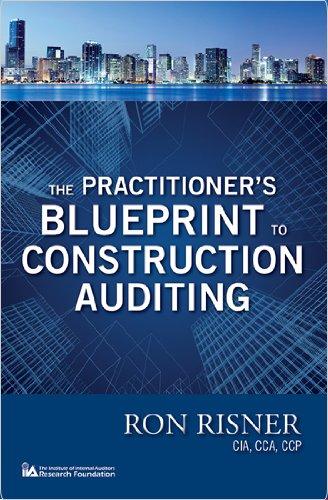Question
Question 1 Le-Natures Inc. was a bottling company based in Pennsylvania that went bankrupt in 2006. Its financial statements were audited and received an unqualified
Question 1 Le-Natures Inc. was a bottling company based in Pennsylvania that went bankrupt in 2006. Its financial statements were audited and received an unqualified audit opinion each year, and yet Le-Natures was accused of fraud totalling $806 million between 2000 and 2006. The company maintained two sets of accounting records one set recorded the actual transaction data while the other set maintained the fraudulent transaction data. Le-Natures created false documents to verify business activities that never occurred. In 2005, revenues were recorded at $275 million when in reality revenues were closer to $32 million. Conduct your own Internet research to learn more about this accounting fraud. Required: Suppose that you are the auditor hired to complete the Le-Natures financial statement audits for the years 2000 to 2006. Do the following: a. Identify a piece of audit evidence that you would have used during your audit and discuss why you would have relied on this evidence or why you would have recognized that this evidence was fake. (4 marks) Note: Identify a piece of audit evidence that would have been used during the audit (1 mark) provide at least three arguments to support why this evidence would have been relied on or why the student would have recognized that the evidence was fake. (3 marks) b. Discuss one procedure that you, as the auditor, could have performed that would have identified the fraud. (5 marks) Note: Award up to 5 marks if the student provided a valid procedure the auditors could have performed that would have identified the fraud. Your explanation of the procedure must be clear about the following: what to test (1 mark) how to do the test (1 mark) why to do the test (1 mark) what relevant documents would be included in the test (1 mark) why the procedure makes sense related to identifying the fraud in the case (1 mark) In developing your procedure, please ensure that you consider the guidance related to the four rules for designing audit procedures from the video in Module 1.
(see below) Amandas Four Rule for Designing Audit Procedures: Use the appropriate technical name for the procedure, such as vouch, trace, inspect, examine, recalculate, analyze, etc.
Use client specific terms for documents, policies, procedures and roles/jobs. Be as detail as possible so that someone should be able to follow your exact instructions without being confused.
Make sure your procedure is testing the correct control objective for testing controls and the correct assertion when performing substantive testing.
Step by Step Solution
There are 3 Steps involved in it
Step: 1

Get Instant Access to Expert-Tailored Solutions
See step-by-step solutions with expert insights and AI powered tools for academic success
Step: 2

Step: 3

Ace Your Homework with AI
Get the answers you need in no time with our AI-driven, step-by-step assistance
Get Started


